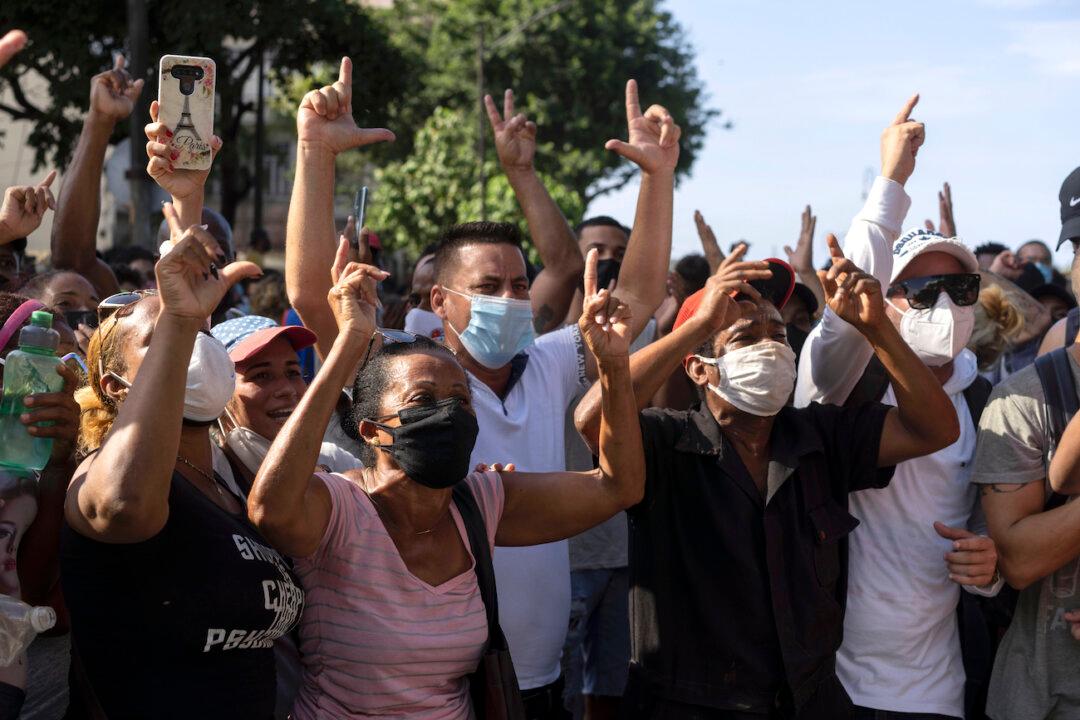Cuba is accused of having adopted China-made technology systems to control and block internet access, amid reports that messaging apps and Cubans’ internet service are being blocked in the communist-ruled country after thousands of citizens took to the streets on July 11 to protest against a lack of freedoms and worsening economic conditions.
Sen. Marco Rubio (R-Fla.) warned in a July 11 statement on Twitter that the Cuban regime would “block internet & cell phone service soon to prevent videos about what is happening to get out to the world.”




